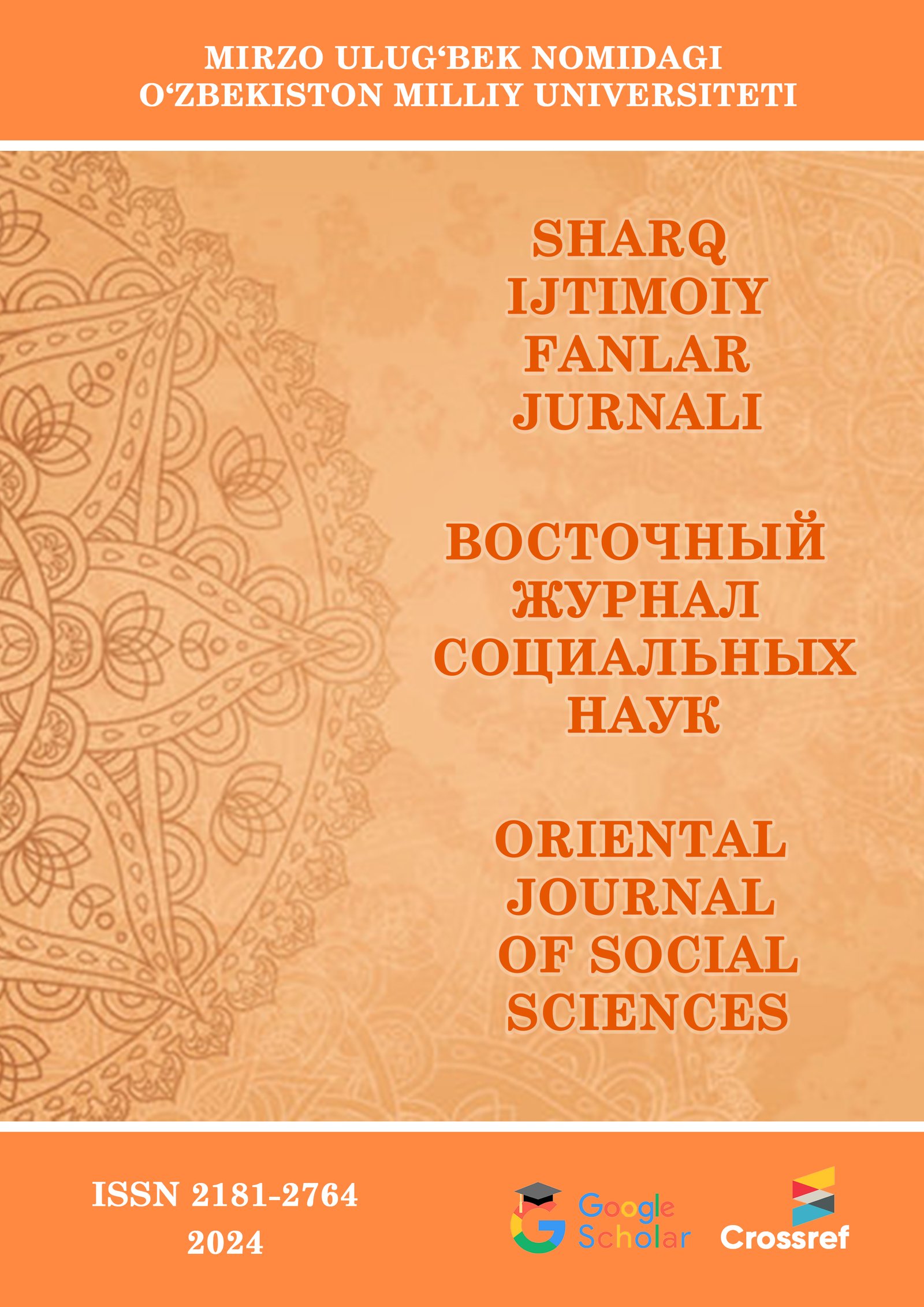 Articles
| Open Access |
DOI:
https://doi.org/10.37547/supsci-ojss-04-05-10
Articles
| Open Access |
DOI:
https://doi.org/10.37547/supsci-ojss-04-05-10
THE BEGINNING OF THE MEIJI PERIOD AND THE FALL OF THE TOKUGAWA SHOGUNATE
Rustam Mamajonov ,Abstract
The reasons for the beginning of the Meiji period and the fall of the Tokugawa shogunate, as well as the impact of this process on the Japanese political system, are covered. After the Meiji Restoration began, the new government embarked on a radical reform of Japan. State centralization was strengthened, all hans were abolished and the prefecture system was introduced instead. The hereditary privileges of the samurai were abolished, and a law was passed to force the people into military service. The main goal of the Meiji era was to transform Japan into a modern country. As a result of economic, political and cultural reforms, Japan became one of the most developed countries in the world.
Keywords
Tokugawa Shogunate, Meiji Period, Feudalism, Treaty of Kanagawa, Isolation, Feudal Territories (藩hans),
References
Irokawa, D. (1985). The culture of the Meiji period. Princeton University Press.
Hirschmeier, J. (1964). The origins of entrepreneurship in Meiji Japan. Harvard University Press.
Matsuura, S. , & Fujii, M. (1993). A study on the administration of river works at the beginning of Meiji era. HISTORICAL STUDIES IN CIVIL ENGINEERING, 13, 145-160.
Jansen, M. B. (Ed. ). (1995). The Emergence of Meiji Japan. Cambridge University Press.
Shively, D. H. (1971). The Japanization of the middle Meiji. Tradition and modernization in Japanese culture, 77-119.
Nagai, M. (1971). Westernization and Japanization: the early Meiji transformation of education. Tradition and modernization in Japanese culture, 35-76.
Dickinson, F. R. (2018). Japan and the Modern World: Lessons from Meiji. Japan Review, 2(2), 45-52.
Segal, E. (2015). Meiji and Taishō Japan: An Introductory Essay. Becoming Modern: Early 20th-Century Japan through Primary Sources. ed. Colorado Boulder University. Colorado: University of Colorado Boulder.
中野正剛『明治民権史論』有倫堂、1913年。
久保田哲『帝国議会』中央公論新社〈中公新書〉、2018年6月25日。
Article Statistics
Copyright License
Copyright (c) 2024 Rustam Mamajonov

This work is licensed under a Creative Commons Attribution 4.0 International License.

